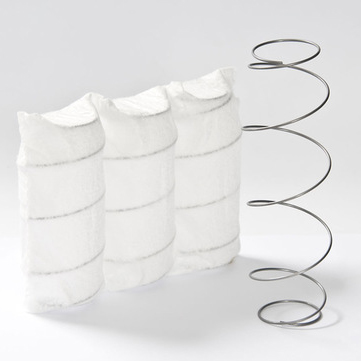As PetroChina and Sinopec began to build mask production lines, produce and sell masks, everyone gradually learned that masks and oil are inextricably linked. “From Oil to Mask” details the whole process from oil to mask step by step. Propylene can be obtained from petroleum distillation and cracking. Propylene can be polymerized to obtain polypropylene, and polypropylene can be further made into polypropylene fiber, which is what we usually call polypropylene. Polypropylene fiber (polypropylene) is the main fiber raw material for the production of non-woven fabrics, but it is not the only raw material. Polyester fiber (polyester), polyamide fiber (nylon), polyacrylonitrile fiber (acrylic fiber), viscose fiber, etc. Can be used to produce non-woven fabrics.
Of course, in addition to the above chemical fibers, natural fibers such as cotton, hemp, wool, and silk can also be used to produce non-woven fabrics. Some people often think of non-woven fabrics as chemical fiber products when they mention non-woven fabrics, which is actually a misunderstanding of non-woven fabrics. Like the fabrics we usually wear, non-woven fabrics are also divided into chemical fiber non-woven fabrics and natural fiber non-woven fabrics, but chemical fiber non-woven fabrics are more common. I would like to remind everyone here that not all products called “cotton towels” are made of “cotton” fibers. There are also some cotton towels on the market that are actually made of chemical fibers, but they feel more like cotton. , you must pay attention to the ingredients when purchasing)
written by: Ivy
Post time: May-31-2022








